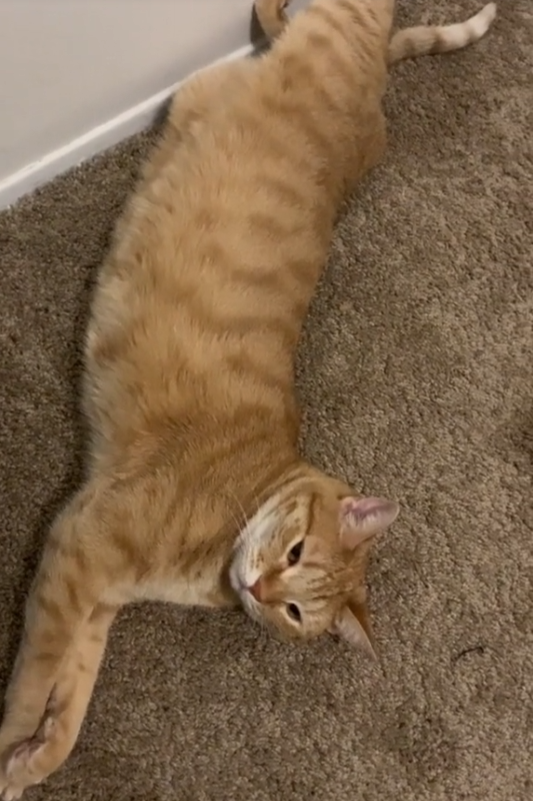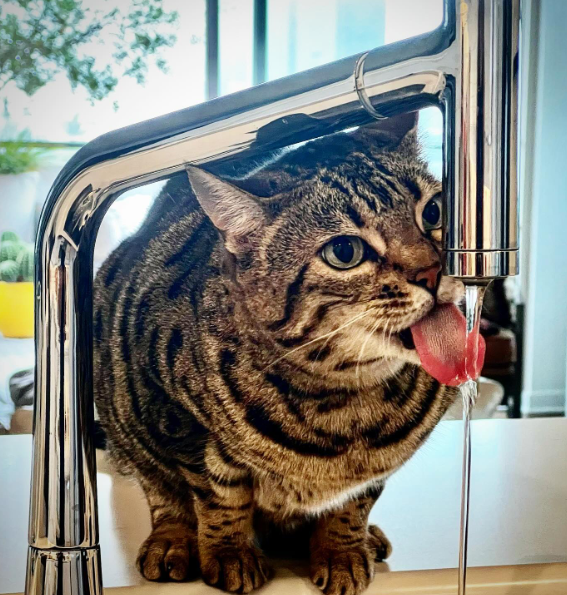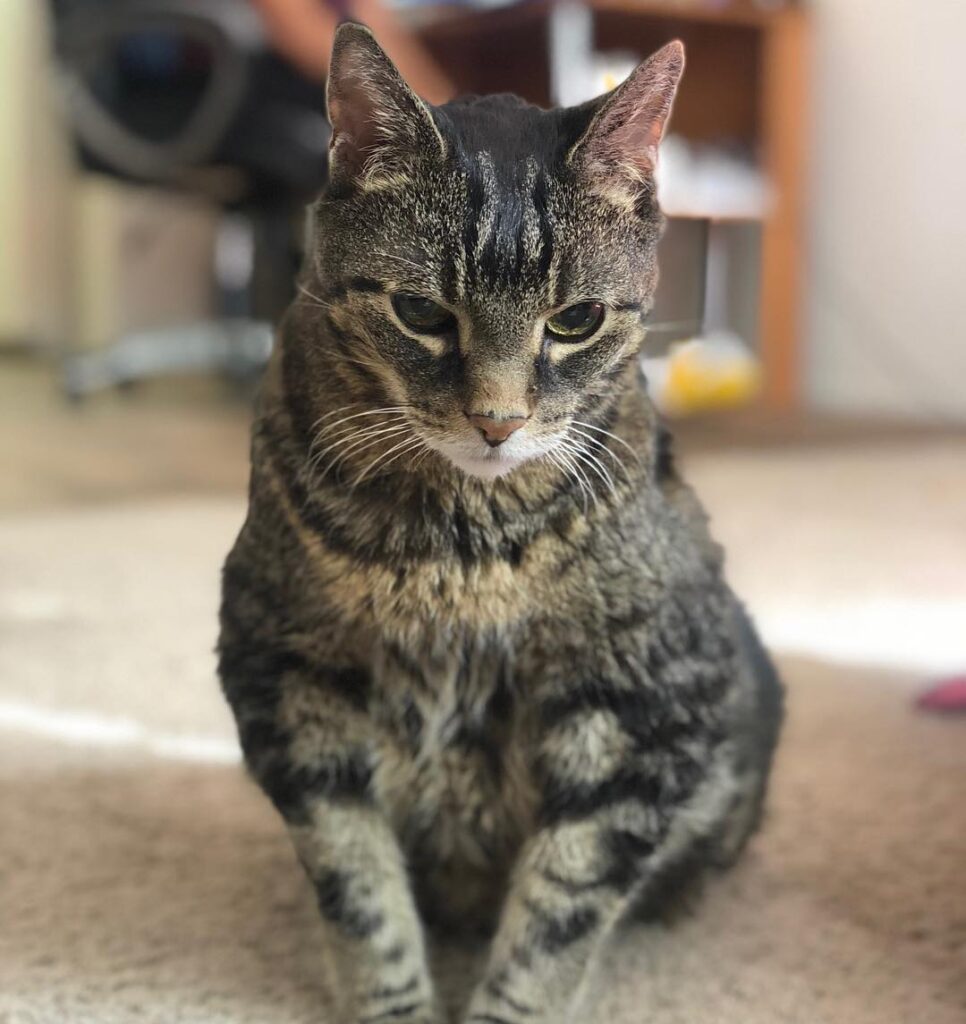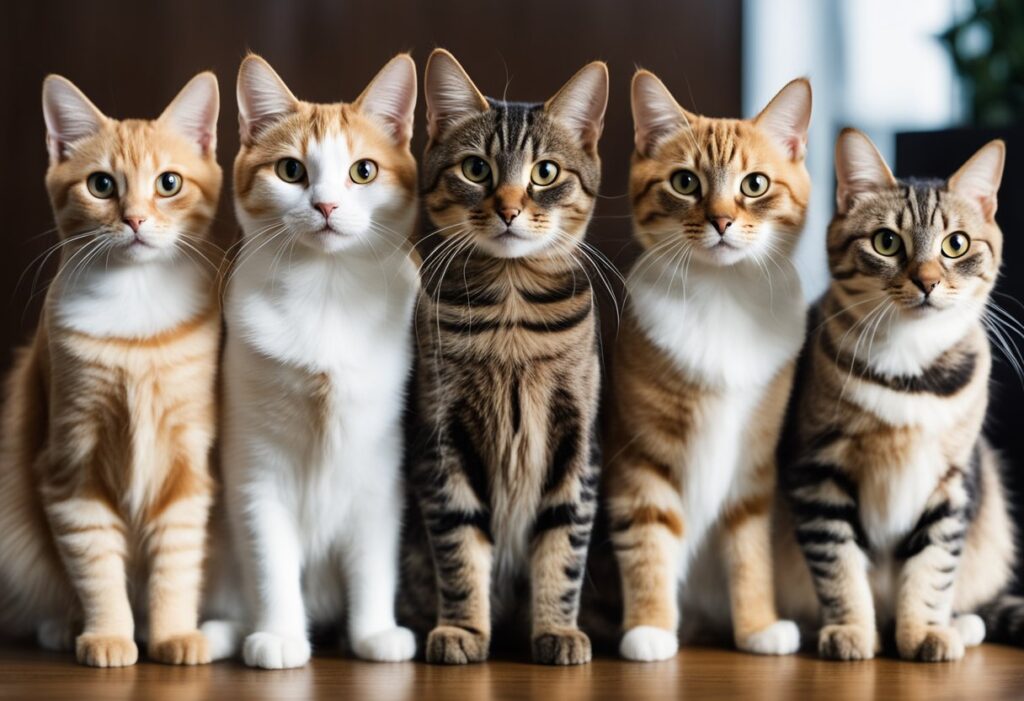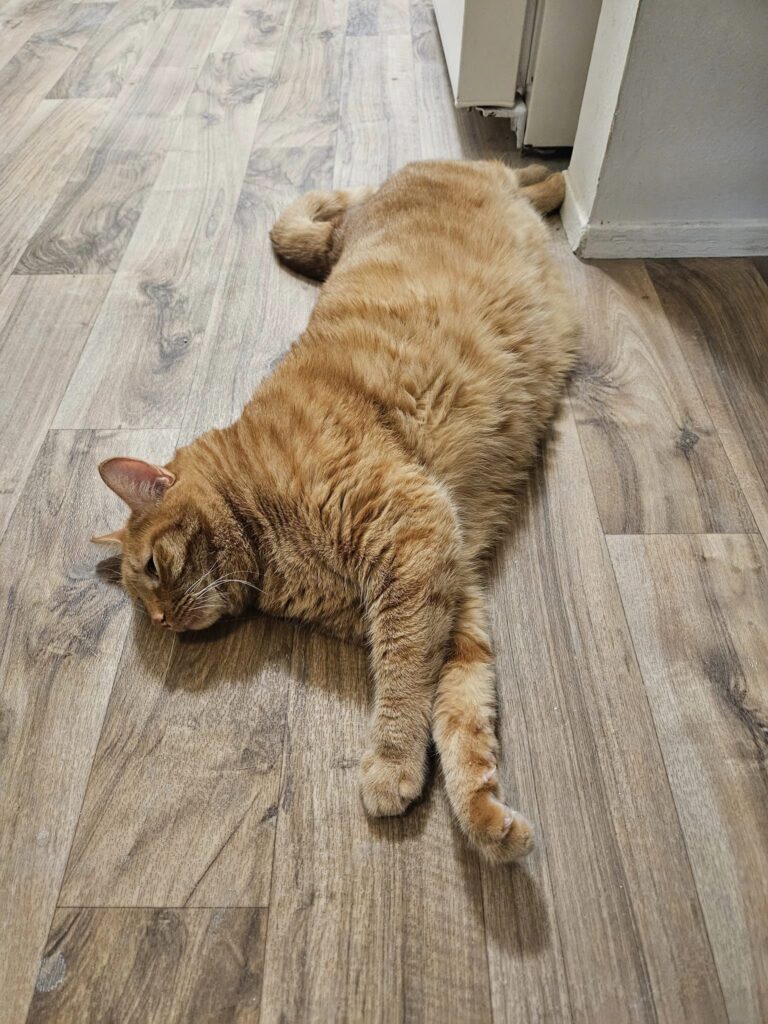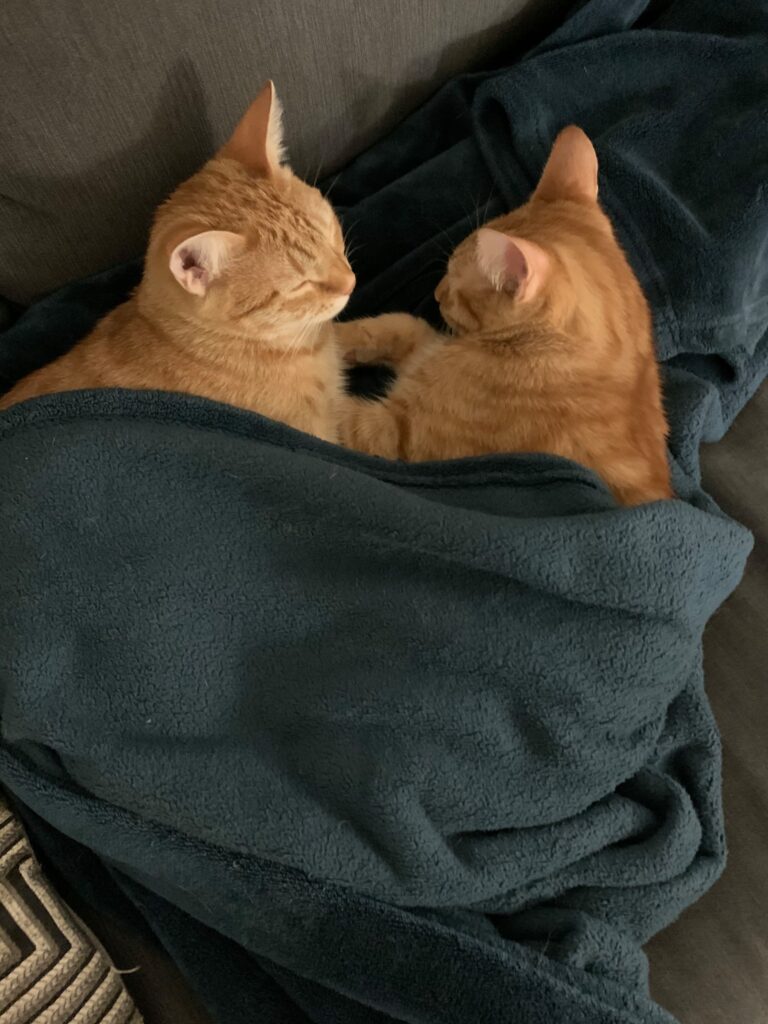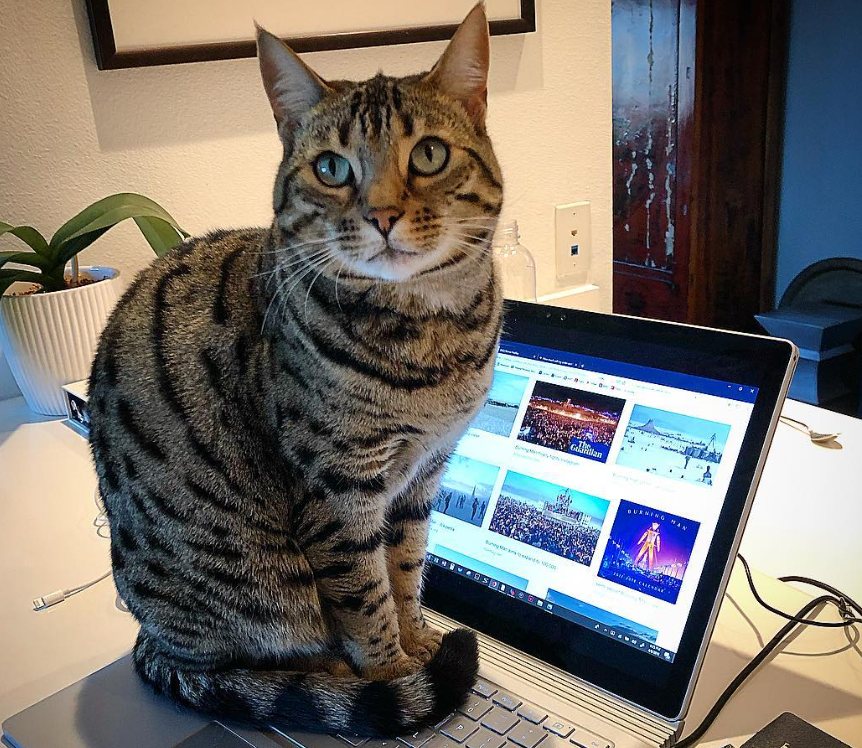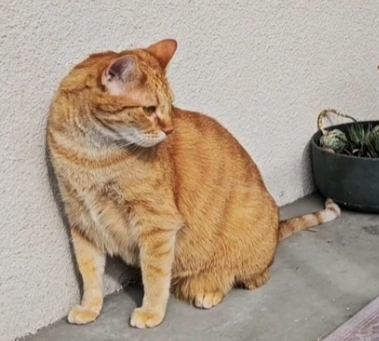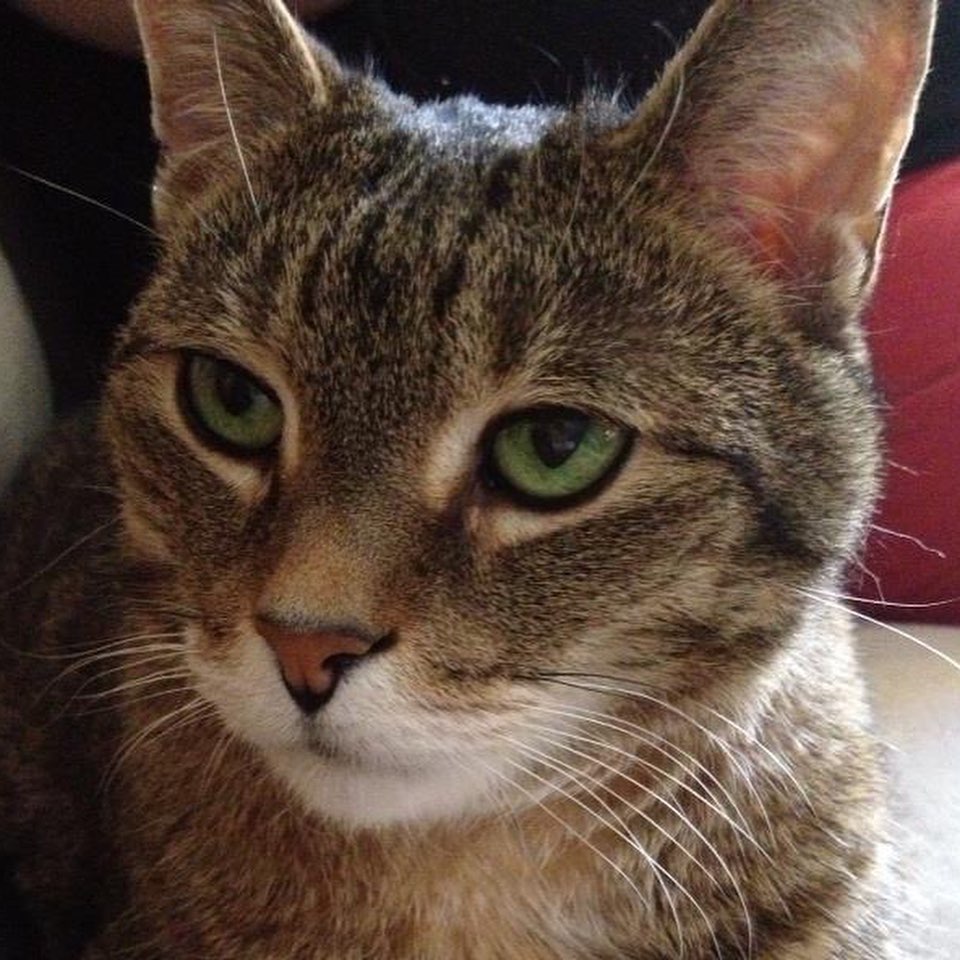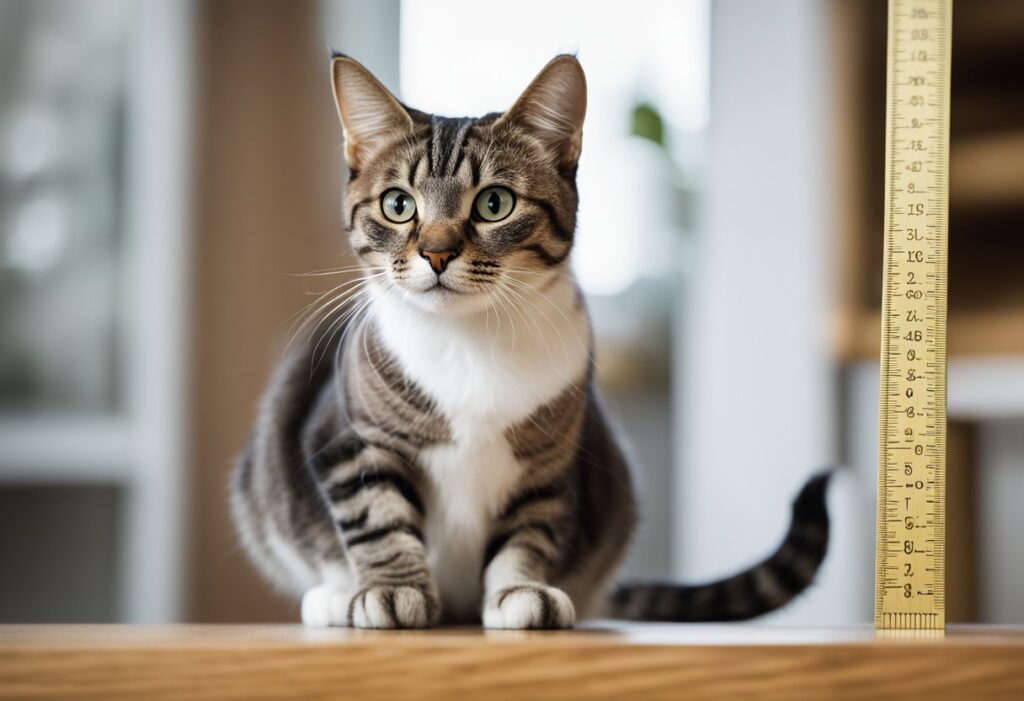
As a cat mom, I understand a new cat owner wanting to know how tall their domesticated short-haired kitty could get. Here’s the scoop:
According to my research, adult domestic shorthair cats typically stand between 8 and 10 inches tall at the shoulder. However, height can vary depending on factors such as genetics, age, and gender.
In addition to height, weight is also an important factor to consider when it comes to the size of domestic shorthair cats. Adult domestic shorthair cats typically weigh between 6 and 16 pounds, with males being larger than females on average.
Here’s a fun comparison: my first two cat boys weight 8 lbs and 11 lbs, around 9 inches tall. My current cats (a boy and a girl) weigh 14 lbs and 18 lbs, around 10-11 inches tall!
Average Height and Growth Patterns

Factors Influencing Growth
Several factors can influence a domestic shorthair cat’s growth patterns. These include genetics, nutrition, and environmental factors. For example, cats that are fed a well-balanced diet with high-quality protein and essential nutrients are more likely to grow to their full potential. Similarly, cats that are kept in a safe and stress-free environment are more likely to grow and develop properly.
It’s also important to note that growth patterns can vary depending on the cat’s age. Kittens tend to grow rapidly during their first few months of life, with most reaching their full adult size by the age of 1 year. After that, cats may continue to grow and develop slowly over the course of several years.
Size Comparison With Other Cats
According to Hill’s Pet, Domestic Shorthair cats are medium-sized and muscular. In terms of height, most cats will be between 9 and 10 inches tall, and 18 inches long (without counting the tail).
However, some breeds can grow bigger, such as a Ragdoll or a Maine Coon.
Health Implications of Size

The size of your Domestic Shorthair cat can also have health implications. According to Catster, a cat’s size can affect its lifespan, with larger cats generally having shorter lifespans.
Also, overweight cats are at a higher risk for health problems such as diabetes, arthritis, and heart disease. Therefore, it is important to monitor your cat’s weight and ensure they are getting enough exercise and a balanced diet.
At what age do domestic shorthair cats reach their full height?
Domesticated felines typically reach their full height at around one year of age but depending on the breed(s), they can continue to grow in size and weight until they reach two to three years of age.
So, while a cat may reach its full height at one year, it may continue to fill out and gain weight for another year or two.
Is there a difference in height between male and female domestic shorthair cats?
There may be a slight difference in height between male and female domestic shorthair cats, but it is generally not significant. The average height for a domestic shorthair cat is around 9-10 inches at the shoulder, regardless of gender.
How does the height of a domestic shorthair compare to other cat breeds?
Domestic shorthair cats are considered a medium-sized cat breed, with an average height of around 9-10 inches at the shoulder. This puts them in the same size range as many other popular cat breeds, such as the Siamese, Persian, and Maine Coon.
Purebreds like Main Coons are known for their majestic weight and height so make sure to do breed specific research as well!

